Button City Game Review: Time to Save the Arcade
This adventure game is filled with fun interactions and cute characters
7 min. read
Updated on
Read our disclosure page to find out how can you help Windows Report sustain the editorial team. Read more
Key notes
- If you enjoy incredibly colorful visuals and an arcade-like world, this is definitely for you.
- Get ready for lots of mini-games and sidequests to complete all the achievements.

Button City is a cute and colorful narrative adventure about a group of friends trying to save their local arcade. You play as a young fox named Fennel and make new friends, explore a stacked diorama world, and play arcade games in a nostalgic ’90s setting.
Two things immediately draw the attention; the striking, almost fluorescent visual style with low-poly assets and the cute anthropomorphic animal characters. The art direction is probably one of the biggest draws to Button City, often feeling like submerging your face in a bowl of rainbow skittles.
The cherry on top is the late ’90s setting when arcades were still booming, and kids worldwide were discovering the joys of gaming and bonding over their favorite titles. It’s a time I remember myself fondly and playing into that nostalgia is certainly a bulls-eye.
Play games with your friends
The story starts when Fennel, a shy young fox, moves into town. He ventures into the local arcade, the titular Button City, and quickly makes new friends that invite him to play games together. They’re competing in a tournament that needs a four-player team, and he’s the one to fill that slot, whether he wants to or not.
The story is an innocent one that starts with simple motivations but doesn’t fear stretching into more adult themes like not feeling accepted, health issues, and corporate takeovers. The rivalry to become the best at games evolves into one where two opposing teams are trying to save Button City from being sold to a money-grubbing cat who wants to replace it with a mega mall.
It’s not the longest adventure, but the pretty linear thread you follow, combined with the slow pace and some technical issues, did make it feel like a longer experience than it was. Luckily there are plenty of side activities to break up the pace if you want to.
Mini-games break up the pace
While multiple minigames come into play once like making lemonade or spying on a conversation from behind a newspaper, there are three games that play a slightly bigger role in the game, allowing you to challenge other NPC characters.
The first is a downhill racing game where you drift around corners. Drifting charges your boost and using that correctly will be key to your victory. It looks fun but sadly gets old really quickly because there is only one level.
Sure, you can mirror it or add modifiers like dropping items that additional boost the track or adding extra opponents or cosmetics like a giant mustache.
But the base experience remains largely the same and isn’t all that deep, gameplay-wise. You press A to throttle and B to boost. The fact that these two buttons are next to each other doesn’t make it comfortable to play a few times in quick succession.
The second, and my least favorite, is the rhythm game. Normally I’m a huge fan of these, and this very image on their store page even sold me on trying the game, but it was a huge letdown.
You see, each of the symbols above corresponds with a directional input, either the D-Pad or the A, B, X, or Y buttons on your controller. But those are laid out in a + shape, whereas the on-screen inputs are in a straight line. This simple design choice is enough to mess with my brain and ensure I am always confused about which button to press.
I also don’t get why they went with symbols, instead of the actual button inputs, which only adds to the confusion.* Players on PC, who use a keyboard, will have a much easier time as you can use four keys on the same row.
*EDIT: they made an update for controller users and it now shows the buttons to use at the bottom, which helps somewhat but isn’t enough for me to be able to play a full song without making mistakes.
The last minigame is the one that plays the most important role in the story. It’s a 4-v-4 team brawler where you collect fruits, toss them in the central blender, and try to stop your opponents from doing the same.
You can unlock various Gobabots to play as, each with their strengths like ranged attacks or being able to take more hits before having to reset from the starting point.
It doesn’t take long, however, for this game to also grow stale because it only has a single-level layout with all important elements always in the same location. I haven’t lost a single game, and it was really easy to devise a strategy that the AI couldn’t counter, making the entire mini-game rather boring.
Moving up in the world
What I did like about Button City, is how you move from location to location. Each place you can visit is a small square diorama that you can rotate. And as long as you’re standing outside, you can press B at any time to teleport to another destination.
This isn’t just a style choice; the characters living here are fully aware of this setup, and they warp away mid-conversation like it’s the most normal thing in the world.
In most locations, you can use the Right Analog stick to rotate the world, which will often be important to spot items and characters you can’t see otherwise. It adds a lot of dynamic to the game and ended up being one of the aspects I liked the most.
Stop. Wait a minute.
On the flip side of things, the button to interact with objects only seemed to become active when screeching to an absolute halt. It feels very alien compared to other games and slows the pace down even further. For example, when you want to go up to Chive’s room, you need to:
- Enter the Mal-Mart
- Go through the back door
- Enter the elevator
- Go inside the appartment
- Enter her room
Those five simple actions feel like they take forever because you have to position yourself and the camera in such a way that you see where the door is located and make sure you aren’t moving at all to open them. It’s a slog and a terrible design choice. Especially with all the backtracking.
The game should take 4-5 hours to beat, depending on how many sidequests you tackle. Completionists will need to spend a few extra hours grinding certain Achievements, like repeatedly playing the lemonade mini-game 10 times or finding every single item in the game.
Final thoughts on Button City
- Pros
- Very pleasing visual style
- Cute yet interesting cast of characters
- Teleporting between levels is fun
- Cons
- Minigames lack any depth
- Slow pace
- Weird design choices
Final Score: 3.5/5
Button City scores big with its eye-popping colorful visual style and a cute cast of characters, but the slow pace of the story and weird design choices dampens the excitement somewhat. I still walk away feeling positive about my time with the game, it’s just hard to ignore what could have been.
Fans of light-hearted adventure games will surely find something to enjoy here, from the interesting diorama level designs to the punny interactions that make you feel like you’re hanging out with your friends in the ’90s again.
Button City is available for around $19.99 on Xbox Series X|S, Playstation 5, Nintendo Switch, and PC (Steam). I played the Xbox Series X version and was surprised to see it’s not available on the previous generation consoles. The game doesn’t appear to be very demanding after all.
*Disclaimer: Reviewed on Xbox Series X. Review code provided by the developer.
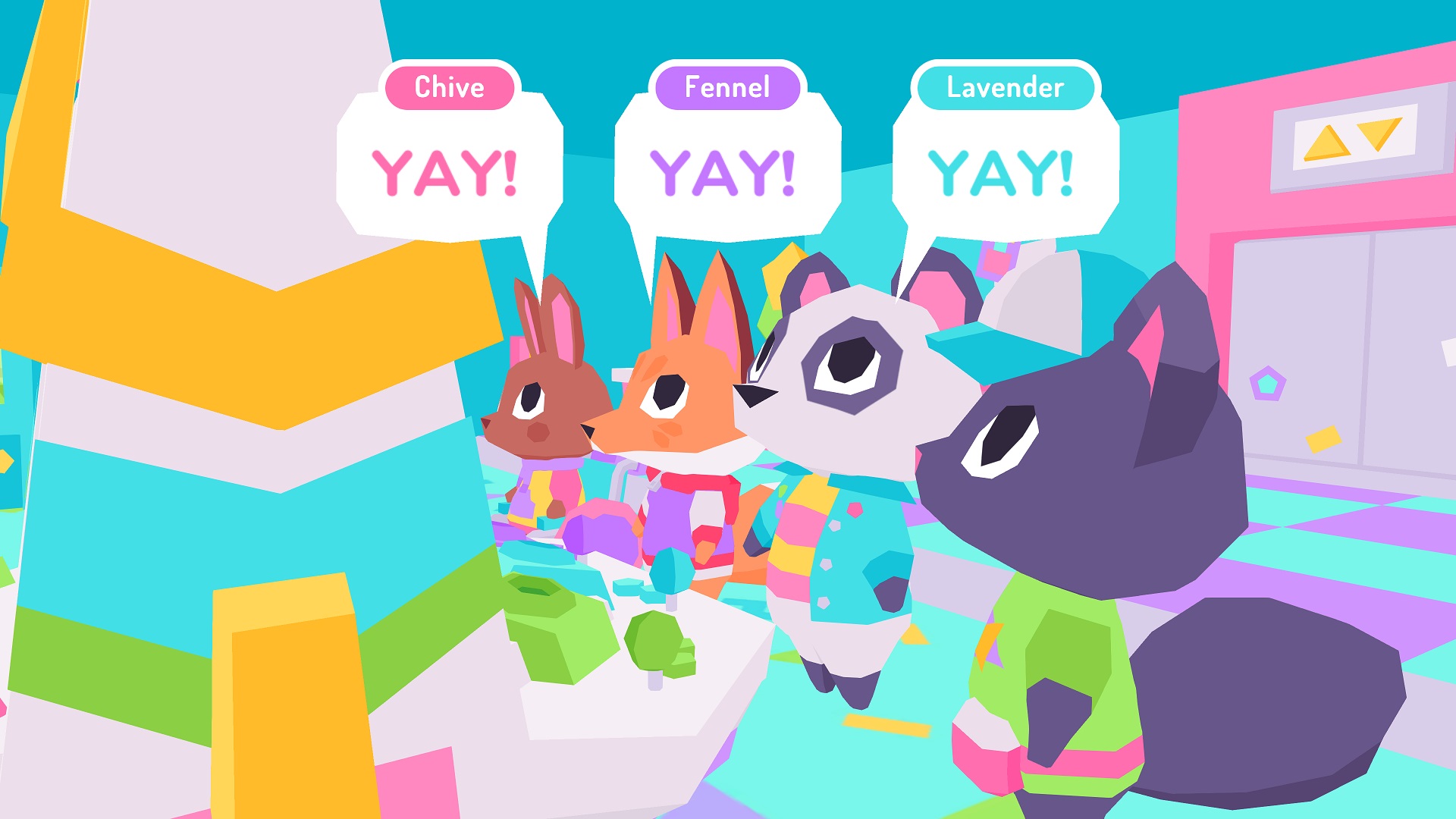

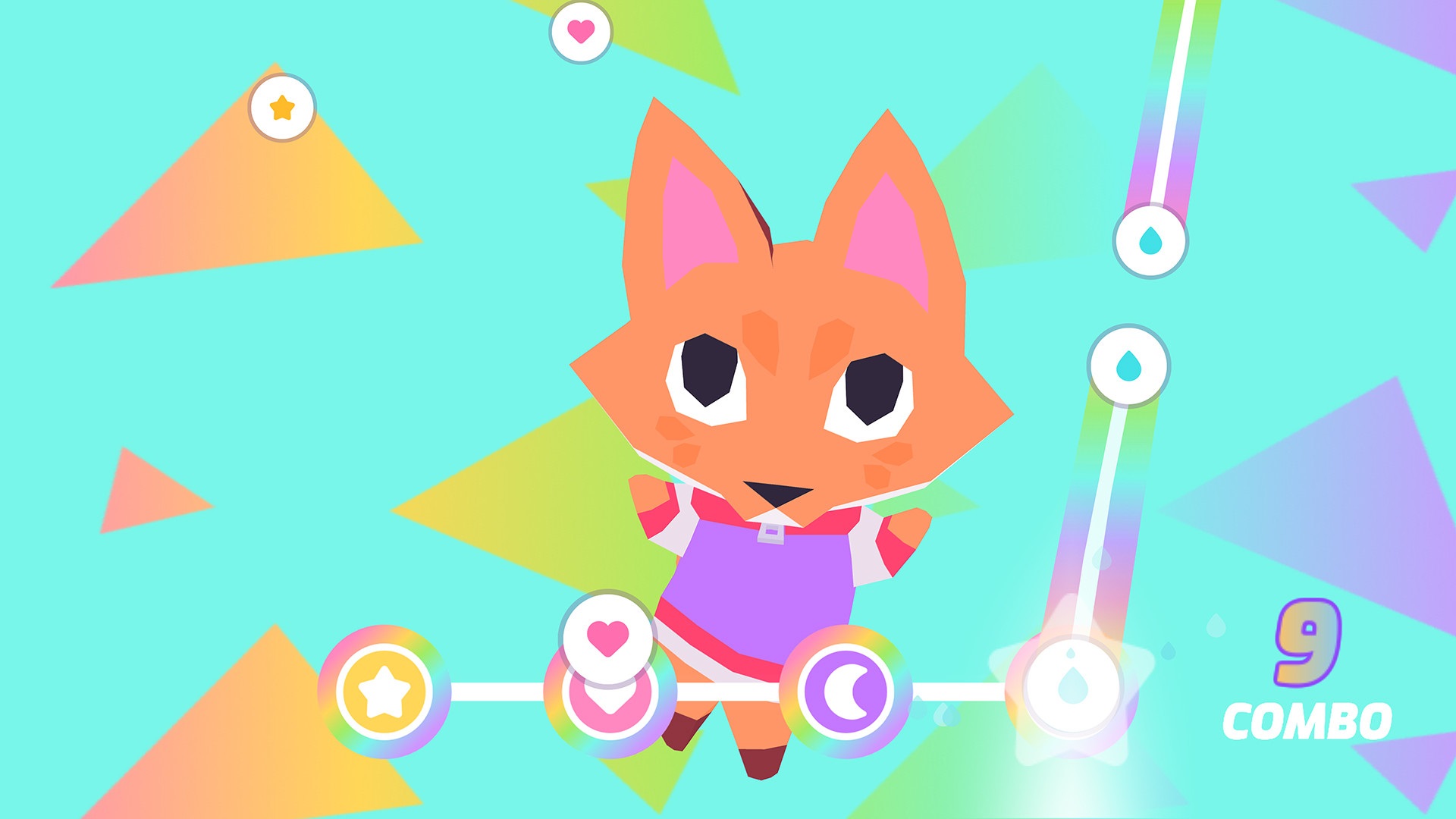
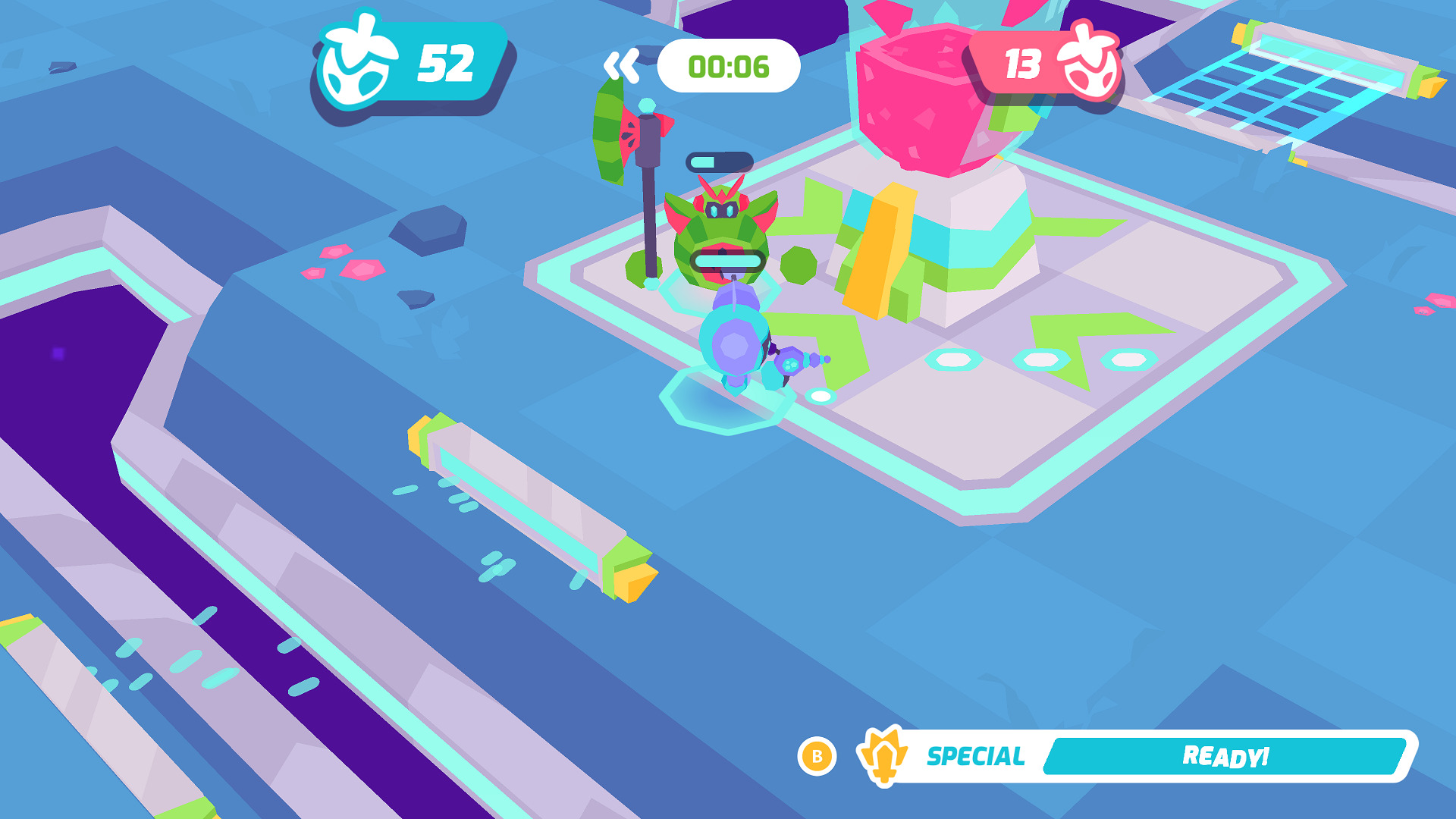
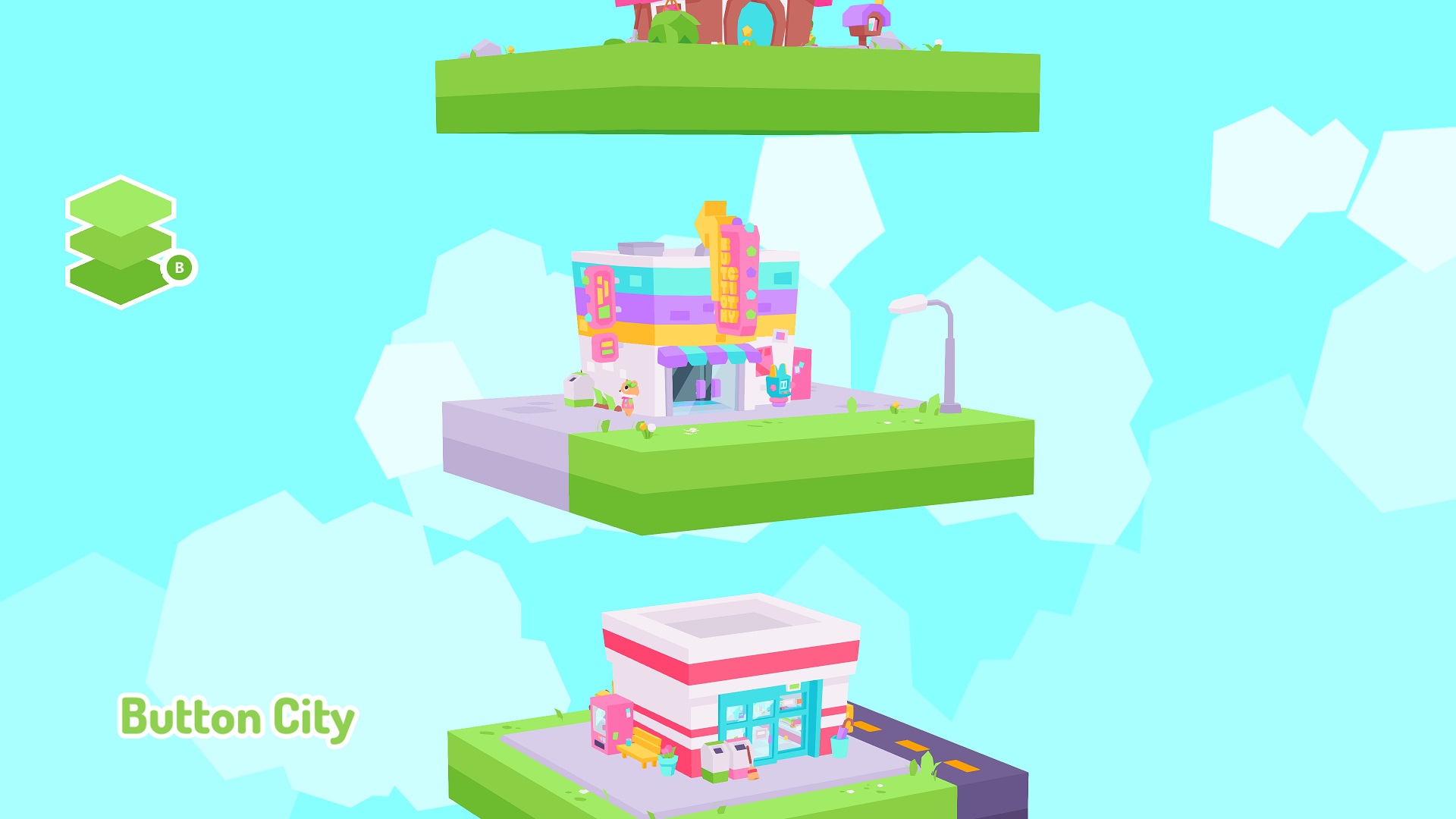

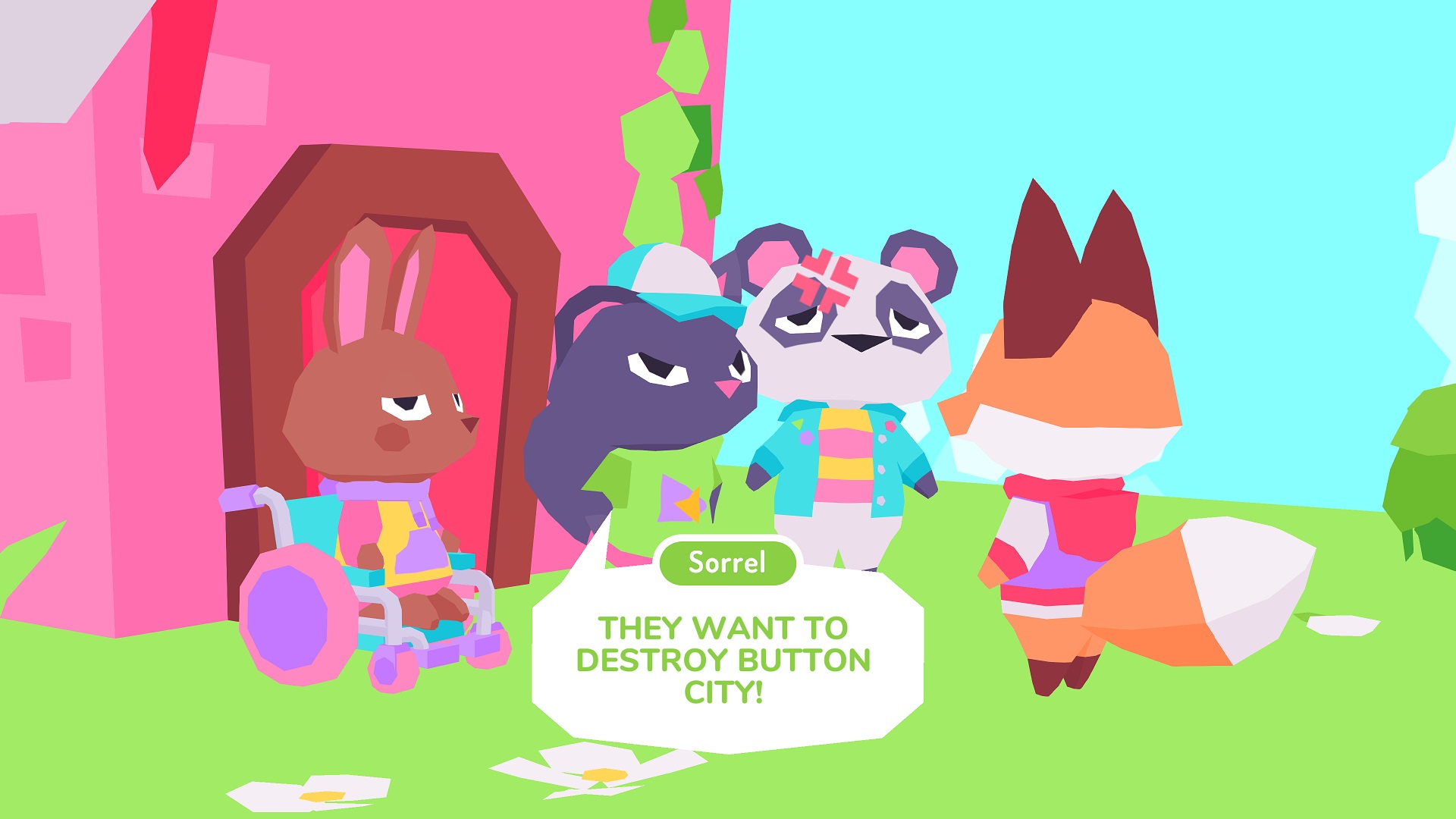
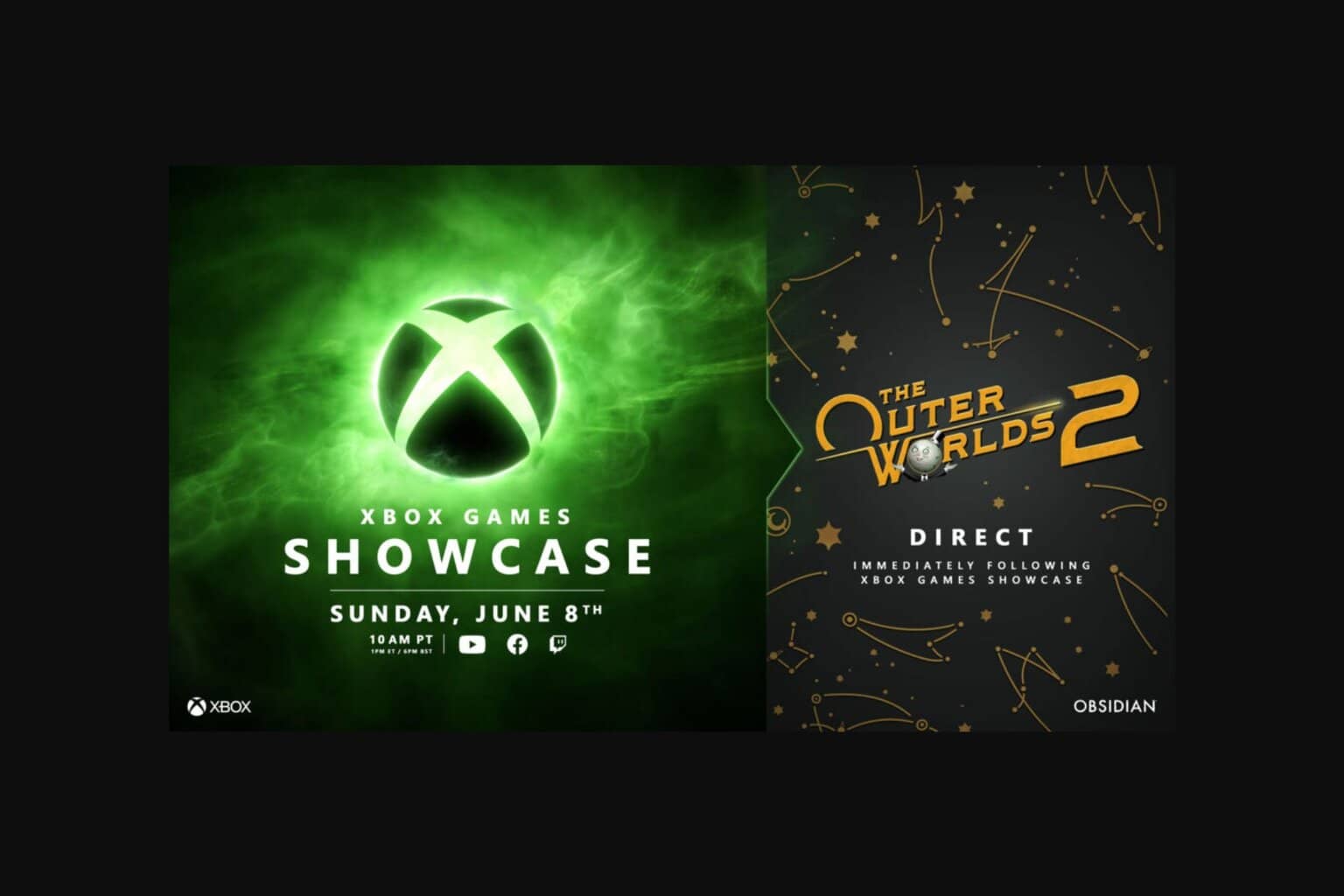


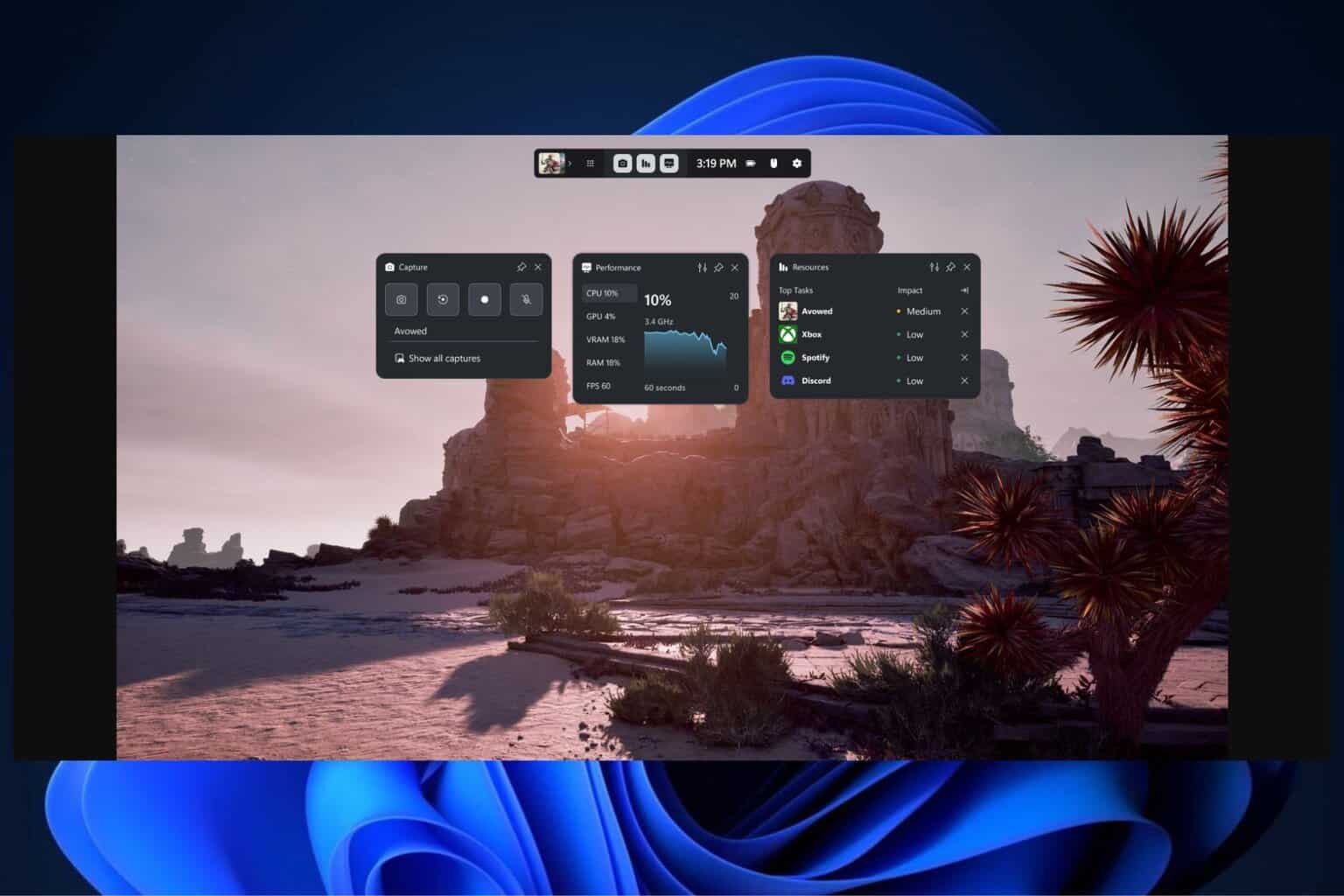
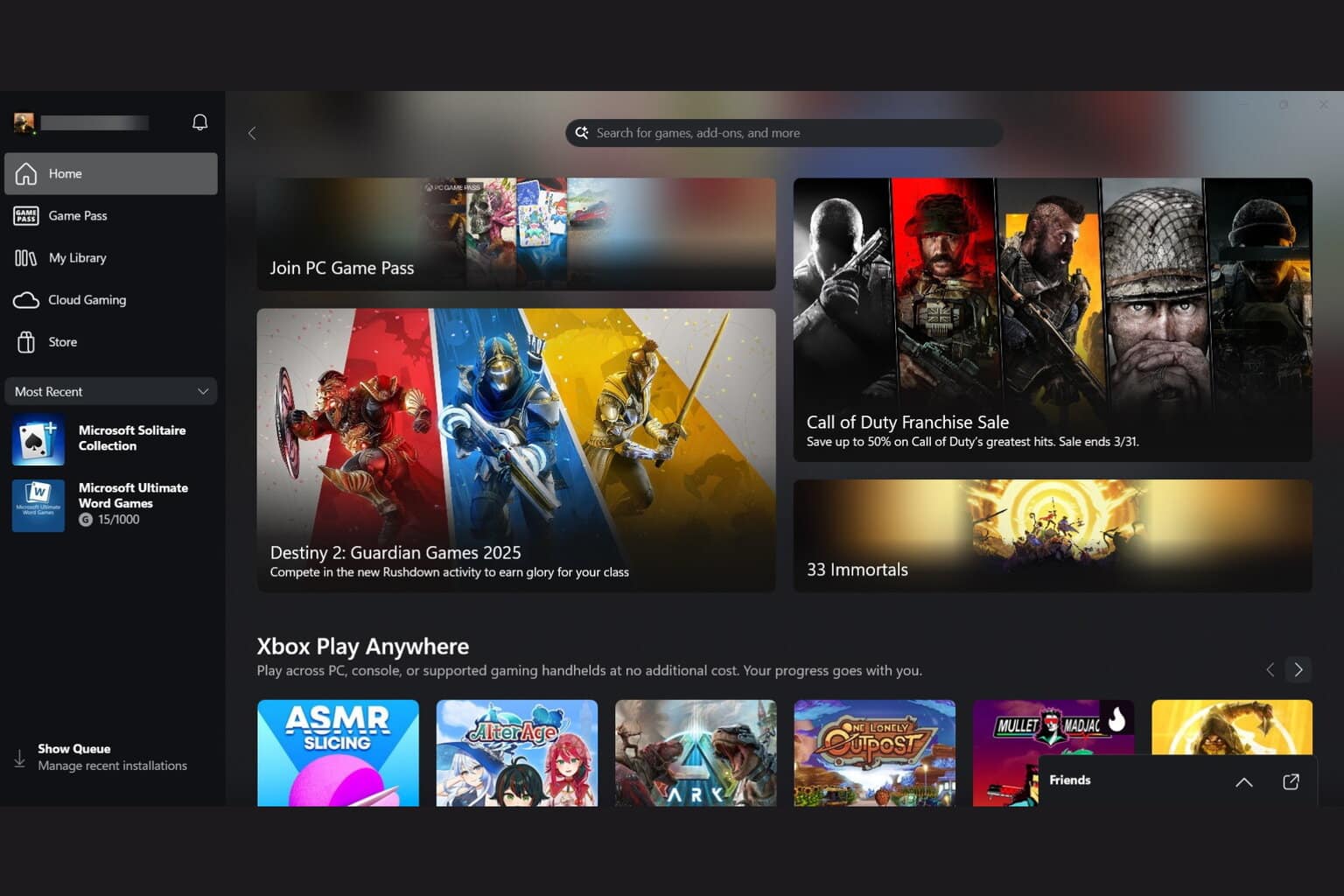
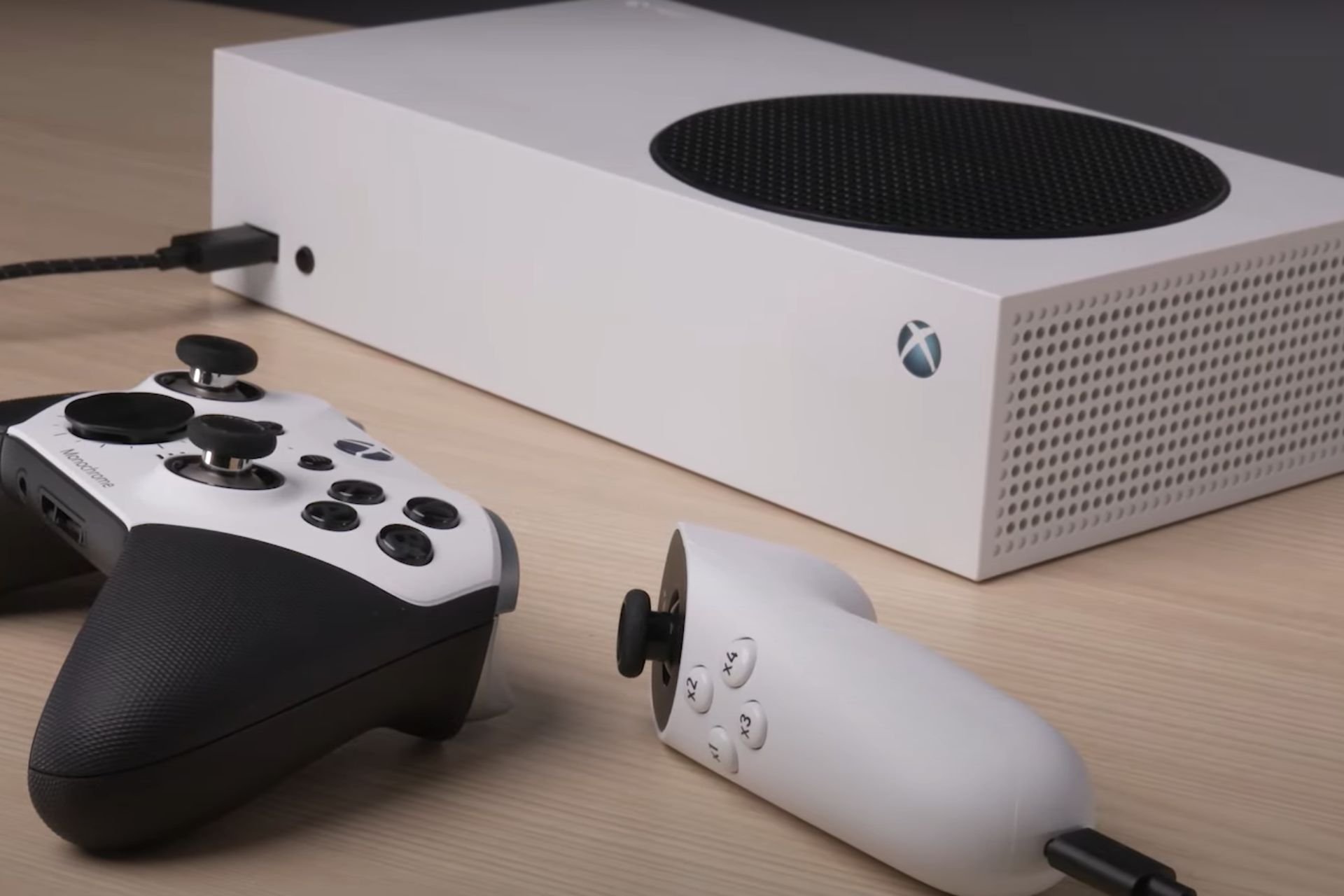


User forum
0 messages